
Chandra Shekhar Prasad

Showing all 9 books
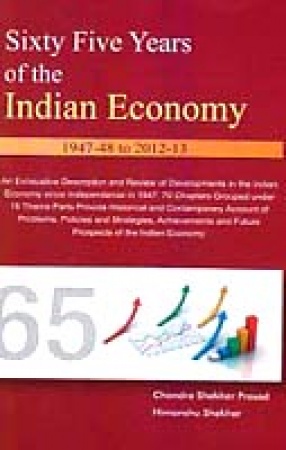





Prior to Independence in 1947, India was a typically backward economy, suffering from the twin problems of rampant poverty and widespread unemployment, both making for a low general standard of living. After 65 years of development efforts, India is presently one of worlds fastest growing economies. Lately, it has emerged as a global economic power, a leading outsourcing destination and a favourite of international investors. Indian economy has matured in several ...
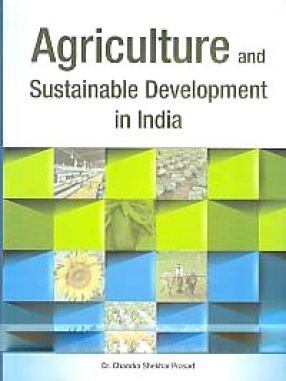
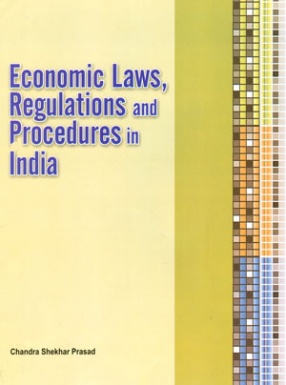
Economic reforms in India were set in motion, though on a modest scale, when controls on industries were reduced by the 1985 industrial policy. The economic liberalization program got a big boost when the government announced a new industrial policy in the Indian Parliament in 1991. Reform measures of the last two decades have included the delicensing of most industries, the deregulation of industries earlier monopolized by the public sector, the liberalization ...

The development pattern of India during 1950-80 was characterized by strong centralized planning, government ownership of basic and key industries, excessive regulation and control of private enterprise, trade protectionism through tariff and non-tariff barriers and a cautious and selective approach towards foreign capital. It was quota, permit and license regime guided and controlled by a bureaucracy trained in colonial style. This so-called inward-looking, ...
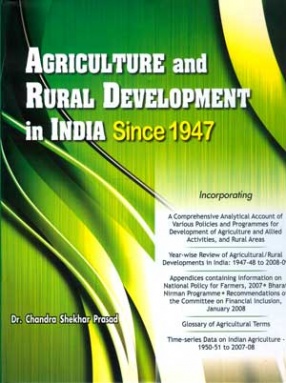
On the eve of Independence in 1947, Indian agriculture was characterized by feudal land relations and primitive technology, and the resultant low productivity per hectare. As a consequence, rural India presented a picture of mass poverty and widespread unemployment and under-employment. Therefore, the fist task of the Government in the immediate post-Independence period was to initiate growth process in agriculture on modern lines. Modernization of agriculture ...

State taxes form an important component of state revenues and play a crucial role in determining the size of the State Plan. States' efforts in raising revenues through additional taxation are observed to be limited by both political expediency and inelastic nature of most of their taxes. The necessity to rationalise and restructure state taxes assumes added significance in the context of the ongoing economic reforms and the Eighth Five Year Plan which seeks to ...
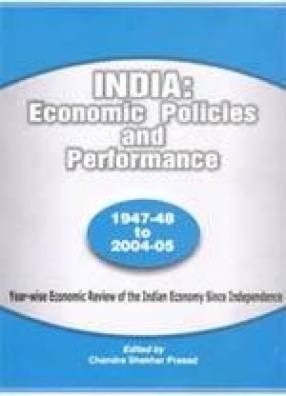
After independence in 1947, India's development pattern was characterised by strong centralised planning, Government ownership of basic and key industries, excessive regulation and control of private enterprise, trade protectionism through tariff and non-tariff barriers and a cautious and selective approach towards foreign capital. It was a quota, permit and license regime. This so-called inward-looking, import substitution strategy of economic development began ...

This Book Provides a comprehensive description and analysis of developments in various sectors of Indian economy since independence. It particularly focuses on the following sectors: agriculture, industry, fiscal policy, money and prices, banking and finance, foreign trade. Year-wise (1947-48 to 2008-09) review of developments in these sectors of the economy is another key feature of the book. It also provides time series data on Indian economy. The ...
